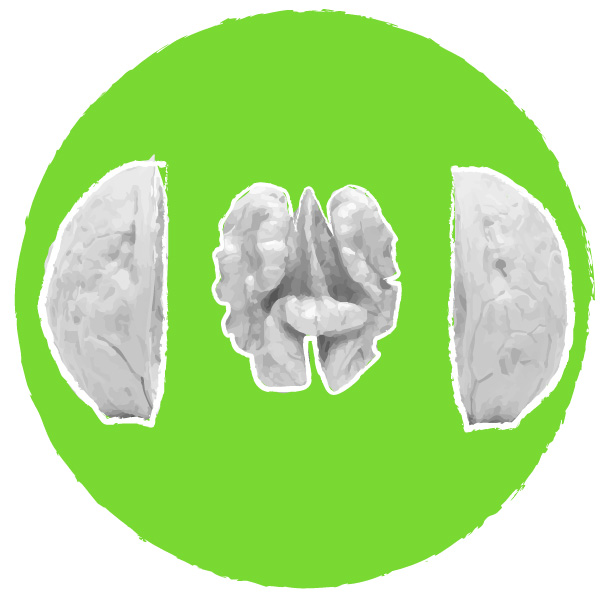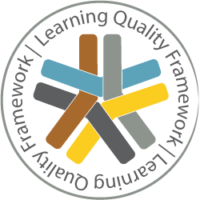The programme consists of twelve online units, each expected to take at least four to six weeks to implement in classrooms.
The programme includes a resource guide Strategic issues and coaching notes for senior leaders and team leaders on how the units might be used making best use of the following materials.
The twelve units:
- Putting Questioning into learning
- Putting Collaboration into learning
- Putting Revising into learning
- Putting Making Links into learning
- Putting Imagining into learning
- Putting Reasoning into learning
- Putting Capitalising into learning
- Putting Listening into learning
- Putting Planning into learning
- Putting Noticing into learning
- Putting Me Learning( meta learning) into learning
- Reviewing our progress
The units can be undertaken in any order. Teams might start with those learning behaviours that fit particularly snugly with their subject before extending the range of behaviours as they gain confidence. Or they may all choose to focus on an area of common concern before moving on to considering subject-friendly ones. The final unit provides teachers and the school with ways of assessing the progress made to date.
Each unit follows the same easy-to-follow format, aiding common understanding and common approaches. For example:
1. Putting Questioning into learning
The desire to ask questions to satisfy innate curiosity is alive and well in young children, but can seem to wane in the teenage years. Explore how we can ensure that questioning remains alive and builds into a full-blown inclination to explore and learn about the world.
This unit explores how you might build the habit of Questioning in your students.
Sections 1–4 look at;
Questioning and how it develops. Includes the Questioning Progression Chart. Unpick the meaning of Questioning, how it develops over time, and use the Questioning Chart to plot where your students are now.
Taking Questioning into classroom culture. Includes Questioning classroom activities. Offers numerous suggestions to develop a questioning-friendly culture and build students’ questioning skills.
Blending Questioning with content. Includes an Example dual-focused lesson. Suggests a series of questions and steps you might use to ensure the development of questioning claims its place in the curriculum and is designed into lesson/activities to aid understanding.
Team reflection and planning. Share the impact of your experiments with colleagues and plan what you need to do next.
The resource materials in the Learning Diary: Questioning help staff to distil important messages, home in on the key bits of information and design learning experiments specifically for their students.
The other 10 sessions that explore a learning behaviour follow the same format.
12. Reviewing our progress
A rich variety of tools help you review your progress in developing a learning culture in your classrooms. This review will provide you with relevant information on which to estimate your success in building students learning habits.
Reflecting on your changing practice
- Looking at what has been done and how classrooms have changed. This section answers the question “How far have you come?”
Giving students a voice
- Finding out how your students have benefitted. This section answers the question “How well have the students taken to this way of learning?”
Learning with and from colleagues
- Learning from learning walks and observations. This section answers the question “What are the variations on the theme and what can I learn from these variations?”
Team session: Learning together
- Putting your heads together and thinking “what next?” This team session answers the questions “How are we doing, how are our students doing and where do we need to go next?”



